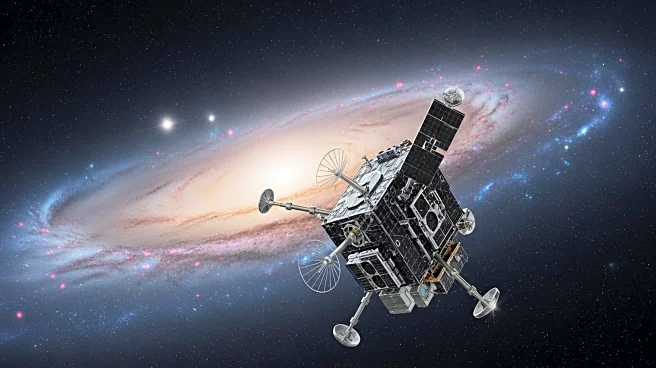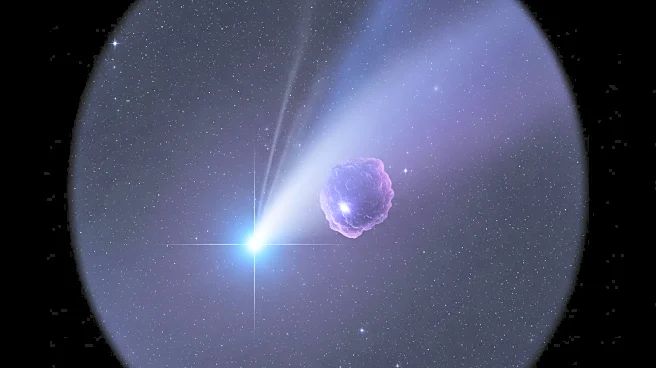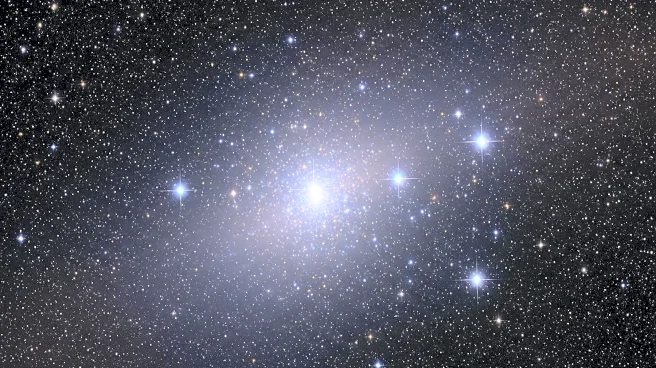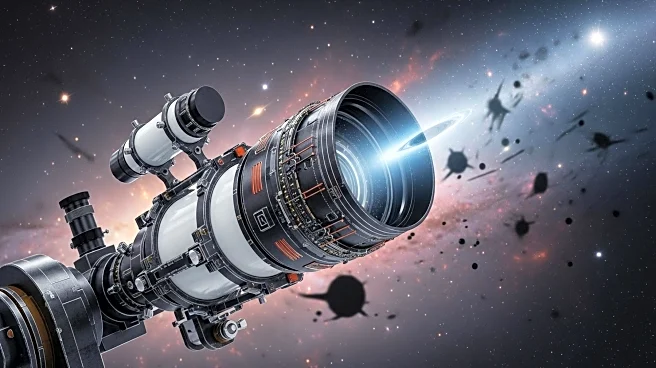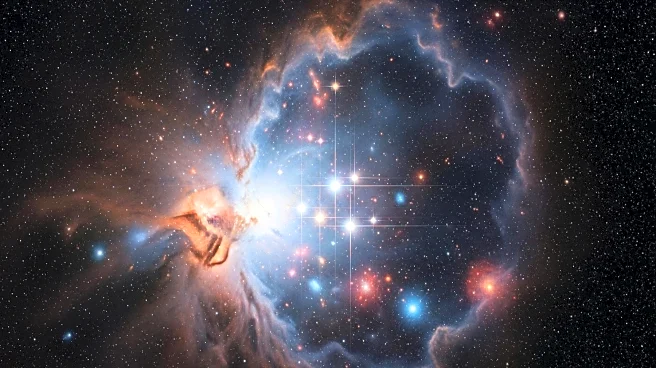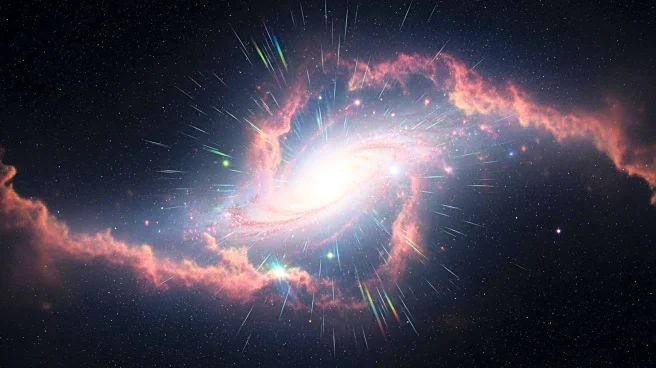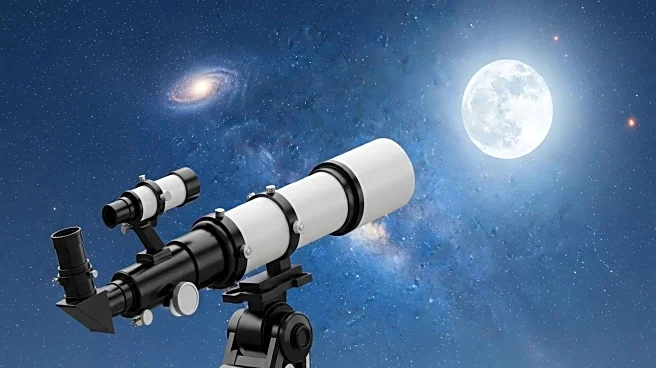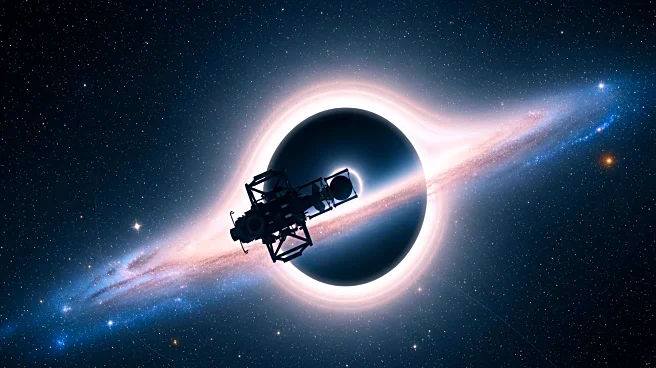What's Happening?
NASA's Nancy Grace Roman Space Telescope is set to conduct a Galactic Plane Survey, aiming to map approximately 20 billion stars in the Milky Way. This mission will focus on the interstellar medium, which consists of gas and dust between stars. By observing in infrared light, the telescope will penetrate dust clouds, providing a clearer picture of the galaxy's structure and star formation processes. The data collected will help scientists understand the distribution and properties of interstellar dust, contributing to a more comprehensive model of the Milky Way.
Why It's Important?
The Roman Space Telescope's mission is significant for advancing our understanding of the Milky Way's structure and the role of interstellar dust in star formation. By mapping the galaxy in unprecedented detail, the mission will provide insights into the processes that govern the birth and evolution of stars. This knowledge is crucial for astrophysics, as it helps place the Milky Way in a broader cosmological context, comparing it with other galaxies and understanding its evolution. The mission's findings could also inform future space exploration and technology development.
What's Next?
The Roman Space Telescope is scheduled to launch by May 2027, with a potential early launch in fall 2026. Once operational, the data collected will be made publicly available, allowing scientists worldwide to conduct further analyses. The mission's success could lead to new discoveries about the Milky Way and potentially influence future space missions aimed at exploring other galaxies.

